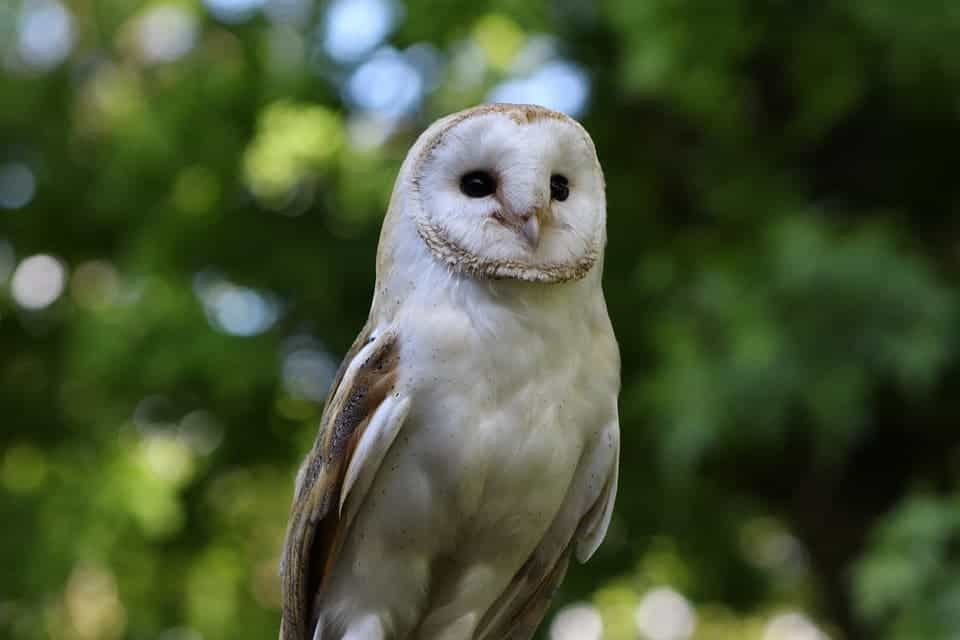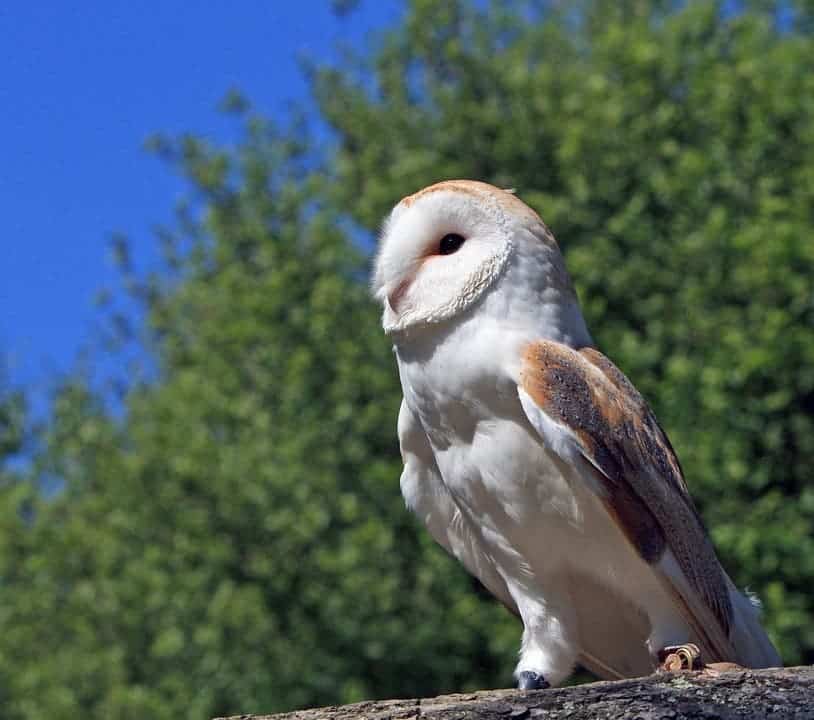Mammal ears, including those of humans, tend to deteriorate over time. By contrast, barn owls’ hearing appears to suffer no ill effects from aging, a new paper reports. This comes down to a genetic switch allowing the birds to continuously regenerate their ears as they age — a switch locked in the ‘off’ setting in mammals.

No matter how quiet your life is, by the time you grow old and grey, your ears simply won’t be as good as the day you got them. Past research has shown that by age 65, most people lose over 30 decibels of sensitivity in the high-frequency range due to age-related deterioration known as presbycusis. Naturally, your mileage may vary and you can lose a lot more, mostly based on lifestyle and genetics.
Not so with barn owls (Tyto alba). Hogwarts’ mailbirds seem to possess a natural regenerative mechanism that ensures they always hear at peak performance. For all intents and purposes, their ears are ageless.
Eearly problems
The team, led by Bianca Krumm from the University of Oldenburg’s animal physiology and behavior group, worked with seven barn owls named Weiss, Grün, Rot, Lisa, Bart, Ugle, and Sova. All of the birds were hatched in captivity and lived in aviaries. The researchers divided them into two age groups — those less than 2 years old, and those between 13 and 17 years old.
What they wanted to test is how well the owls could hear frequencies of 0.5, 1, 2, 4, 6.3, 10, and 12 kHz (kiloherz). To this end, they trained the birds to fly between two perches when hearing a short sound tone. After successfully completing the task, the owls would receive a food reward. To minimize training effects (false positives) the owls were trained separately, using a specific sequence of frequencies for each bird. The team also specifically tracked Weiss’ auditory sensitivity throughout his lifetime. The bird reached an impressive (for an own) 23 years old, far above the species’ typical lifespan in the wild of just 4 years old.
Overall, the paper reports that at test frequencies of 0.5, 1.0, and 6.3 kHz, the old owls performed slightly better than their younger counterparts (with mean differences in hearing thresholds between 0.1 and 3.1 dB). Younger owls fared better in the remaining frequency range (mean thresholds between 0.9 and 9.6 dB). However, the team notes that these differences are not significant, saying the results varied between individuals but “without any relation to age.”

Image credits Karen Arnold.
The results are consistent with previous research showing that birds, fish, and amphibians can regenerate lost hair cells in their equivalent of an ear, an organ known as the basilar papilla. These ‘hairs’ are actually very long and flexible organelles (organs, but for cells) which turn sound vibrations into an electrical signal that’s passed onto auditory nerves and the brain.
“The regeneration mechanisms, and therefore their benefits, are likely present in all bird species,” said senior author Ulrike Langemann in an interview for Seeker.
“The amazing thing is that the majority of small bird species are rather short-lived, and thus will never really benefit from a preservation of auditory sensitivity at old age.”
Humans and our fellow mammals have some regenerative capability in this direction, but it’s a far cry from what owls can pull off. We can’t replace hairs lost by injury, disease, not even old age — which is why we get presbycusis. The team believes that mammals lost the full scope of these regenerative abilities sometime during their evolution. Which is a shame, really, because according to the National Institutes of Health, over 90% “of hearing loss occurs when either hair cells or auditory nerve cells are destroyed.”
It’s not clear why we lost this very desirable trait, but “unfortunately, the genetic switch for the inner ear of mammals is in the off mode,” the team says. Barn owls however, being auditory hunters par excellence, stood to benefit a lot from such a regenerative system.
“Scientists have shown that a tame barn owl will catch a prey item in complete darkness,” Krumm explains
As such, their evolution selected heavily in favor of keeping the switch “on.” The team is now looking into how pathologies affect mammalian inner ears, and how barn owls use their hearing to accurately locate prey. We can’t yet copy these regenerative mechanisms into humans, the team notes, so for the time being you should take care of your hearing as much as possible.
“Listening to very loud music plays a role in hearing loss because it may damage sensory hair cells and the connecting nerve fibers immediately,” Langemann said. “However, the impact from constant and work-related noise is as serious. These are some of the reasons why wearing ear protection for specific types of work are nowadays standard in the professional world.”
The paper “Barn owls have ageless ears” has been published in the journal Proceedings of the Royal Society B.


